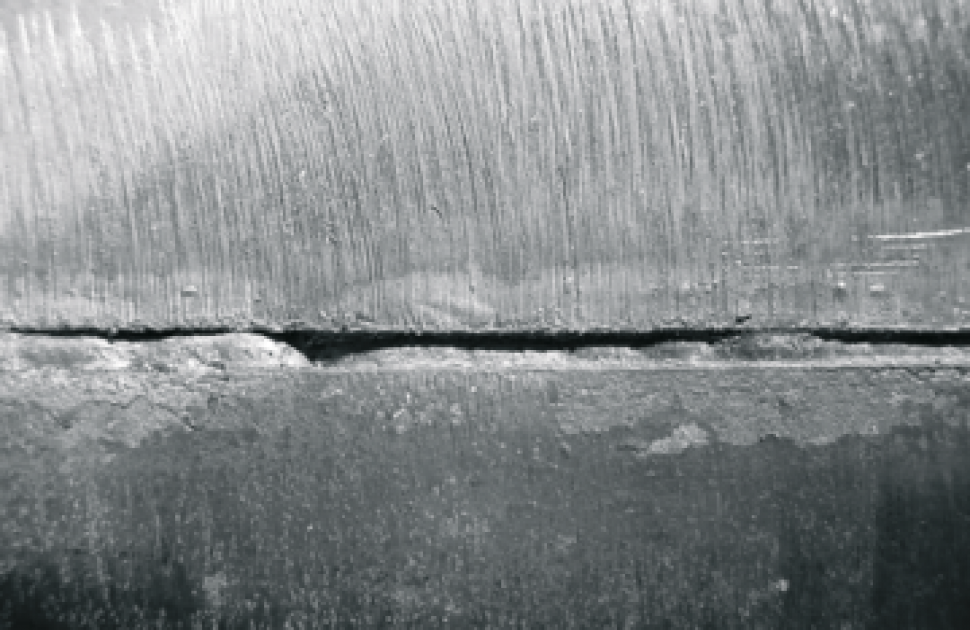Best Practices for Preventing Weld Undercut: Grasping the Basics
Best Practices for Preventing Weld Undercut: Grasping the Basics
Blog Article
Recognizing the Causes and Solutions for Undercut Welding in Steel Construction Procedures
In the world of steel construction processes, the occurrence of undercut welding postures a substantial difficulty that requires an extensive understanding of its causes and viable remedies. The detailed interaction of different factors during welding procedures can result in this unfavorable sensation, impacting the architectural stability and general top quality of the welded joints - Preventing weld undercut. By studying the source of undercut welding and discovering effective remedial procedures, makers can elevate the standard of their handiwork and make certain the production of flawless metal components
Common Causes of Undercut Welding
Frequently overlooked in steel construction, undercut welding happens due to various aspects that require thorough interest and knowledge to be efficiently minimized. Additionally, improper welding techniques, such as making use of the incorrect welding angle or travel speed, can additionally contribute to damage formation. The choice of welding parameters, such as voltage, present, and wire feed speed, plays a substantial role in the occurrence of undercut welding.
Influence of Incorrect Welding Parameters
Unreliable welding criteria can dramatically endanger the integrity and high quality of welded joints in steel construction processes. The effect of inaccurate welding specifications manifests in various means, leading to structural weaknesses and issues in the bonded parts. Careful attention to welding specifications is extremely important to make sure the production of high-quality welds with the preferred mechanical residential properties and structural honesty.
Impact of Improper Lantern Angle
Inappropriate torch angle in welding operations can dramatically impact the top quality and honesty of the final weld joints in steel manufacture procedures. Undercutting is a common welding problem where a groove forms along the weld toe, deteriorating the joint and endangering its architectural honesty.
A lantern angle that is too high can lead to inadequate infiltration, insufficient fusion, and boosted spatter. On the other hand, a lantern angle that is as well superficial can lead to excessive infiltration, burn-through, and distortion of the base product. Preventing weld undercut. Proper torch angle is vital for making sure consistent weld top quality, toughness, and look
To prevent undercutting and other issues brought on by inappropriate torch angles, welders should be trained to preserve the proper torch angle throughout the welding process. Routine monitoring and modification of lantern angles throughout welding can aid attain sound welds with marginal flaws.
Role of Inadequate Welding Techniques

One more element of insufficient welding strategies is incorrect weld prep work. Poor cleansing of the base metals, inaccurate joint style, or not enough side preparation can all add to damage welding. Furthermore, poor protecting gas coverage or utilizing the wrong kind of gas can result in incomplete fusion and the development of undercut problems.
To deal with the function of insufficient welding techniques in metal construction processes, it is crucial to give comprehensive training for welders. Appropriate education and learning on welding parameters, joint prep work, and securing gas option can aid prevent undercut welding and guarantee top notch welds in visit the site metal construction projects.
Effective Solutions for Undercut Welding
Addressing undercut welding in metal manufacture requires applying reliable solutions to improve weld top quality and structural honesty. Among the key remedies to battle undercut is to readjust welding parameters such as voltage, current, and take a trip speed to ensure appropriate warmth input and blend. By fine-tuning these setups, welders can avoid extreme melting of the base metal and filler material, lowering the probability of undercut formation.
In addition, proper joint prep work is important in preventing undercut. Making certain tidy base metal surface areas without pollutants and using the ideal bevel angle can assist advertise much better weld infiltration and reduce the threat of undercut - Preventing weld undercut. Employing appropriate welding strategies, such as oscillating the torch or weaving, can also help in dispersing warm evenly and loading the weld joint effectively, lessening the useful reference opportunity of undercut defects
Furthermore, choosing the correct welding consumables, including electrodes and filler metals, is crucial in minimizing undercut. Making use of products with suitable chemical structures and mechanical residential or commercial properties can add to accomplishing audio welds with very little undercut. Normal examination and quality assurance steps ought to likewise be applied to discover and attend to undercut problems immediately, making sure the total stability of fabricated metal parts.

Verdict
To conclude, understanding the causes and options for undercut welding in metal fabrication processes is vital for accomplishing premium welds. By attending to common causes such as wrong welding specifications, incorrect torch angle, and inadequate welding techniques, welders can prevent damaging and make sure solid, resilient welds. It is important to focus on these variables and carry out effective services to enhance the general welding process and last product high quality.

Report this page